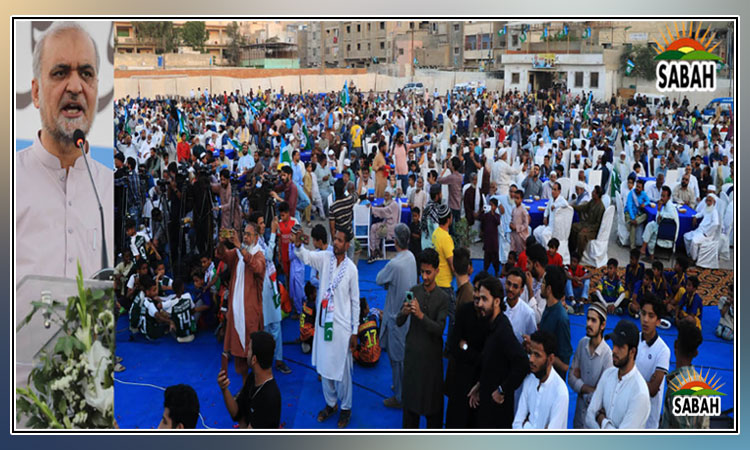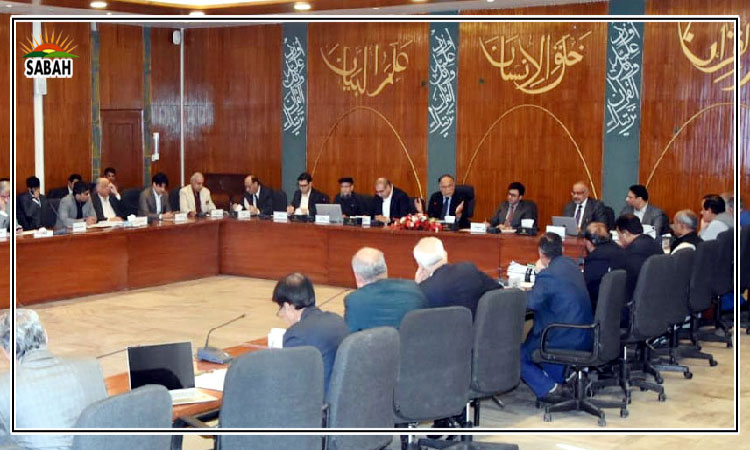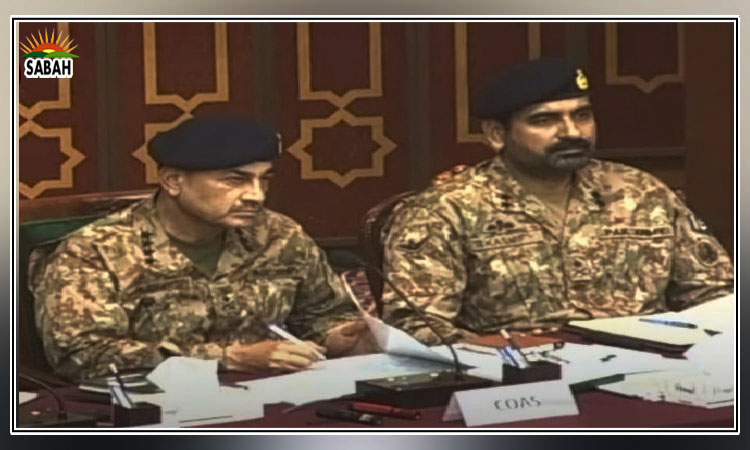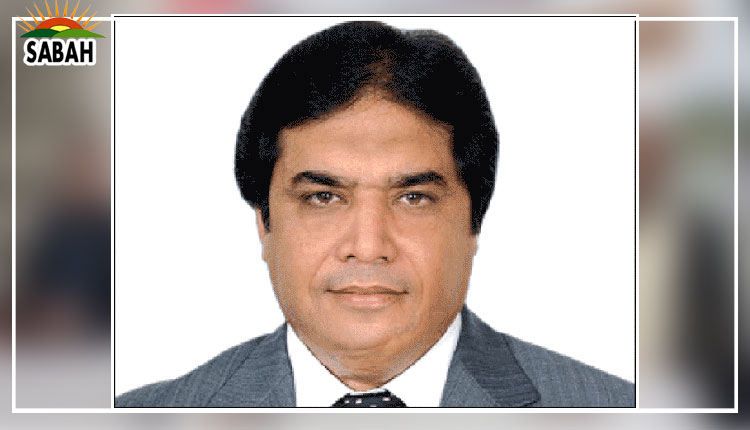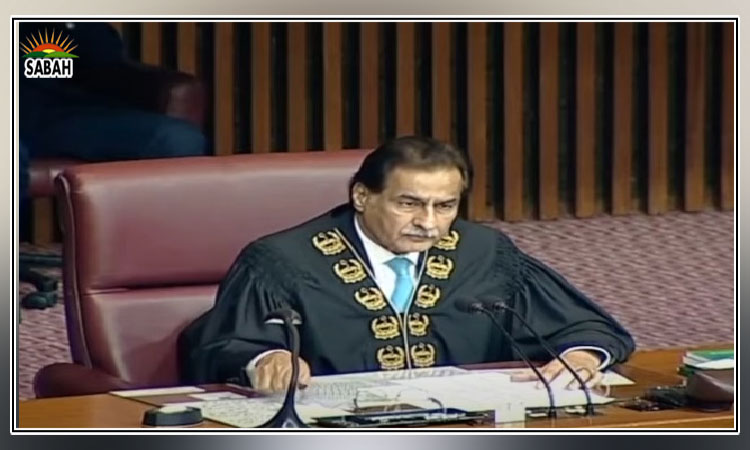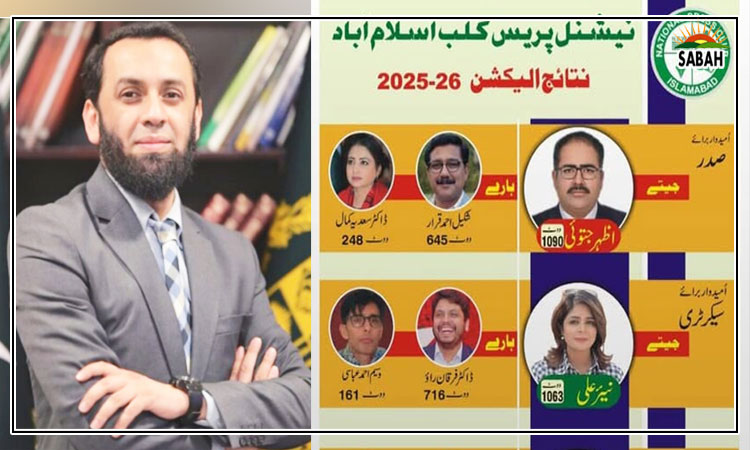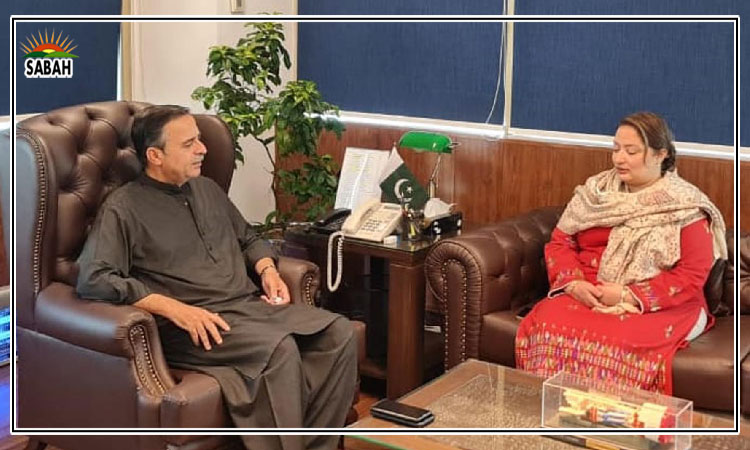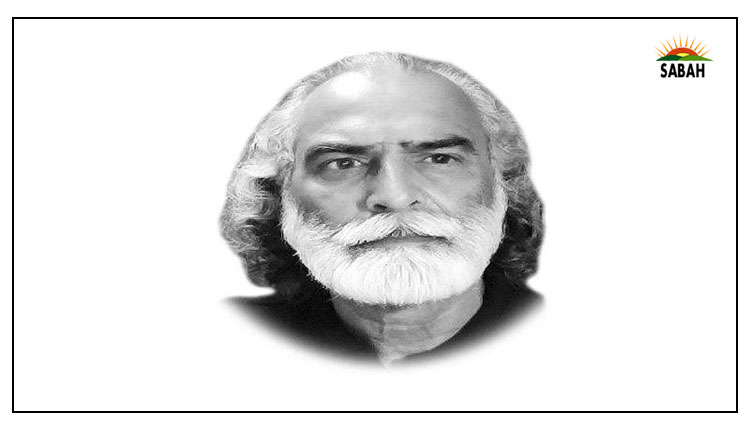Slaughter of an election… Sarwar Bari
Every electoral process consists of hundreds of steps and each step demands minimum standards. For instance, Pakistans Elections Act 2017 has 15 chapters, 241 sections and about 2,000 sub-clauses. Each word of the act holds some rationale. If they are applied in letter and spirit, the election will be transparent, free, and fair. Unfortunately, state institutions have failed us each time elections are held in the country. The only difference between the various elections is the degree of rigging. A man is either sick or healthy. Similarly, an election is either free and fair or not. It cant be both. The next step is to investigate the nature and severity of the illness.
This analogy can help us understand the diseases of our electoral system. Lets start with delimitation. Besides small-scale but widespread rigging, gerrymandering has always been used as a strategic tool to achieve positive results. In Karachis local elections, there was a huge variation in the allocation of voters to union committees (UC) across districts. For instance, in Malir, Keamari, and West on average one ward consisted of 6,577 voters, while in Korangi, South, and Central districts the average voters per UC were 11,000. This discrimination reduced the number of UC chairmen in the latter set of three districts. In the former three districts, there were 95 chairmen against 2,501,500 voters and in the latter three districts 125 chairmen for 5,046,219 voters. If we use the ratio of the former, the latter towns should have 190 UC chairmen. It means two voters of the former set of districts were made equal to one voter of the latter three districts. The principle of equality of vote was violated.
According to ECPs latest results, overall PPP won 91 seats and JI won 85 in Karachi. In Central Karachi where the size of UC was the largest having as many as 45,595 voters per UC, JI won 37 (88%) of 42 seats. Suppose the size of UC in the Central District was equal to Keamari, which was 24,966 per UC, the district would have 83 UCs. Therefore, the share of JI and PPP would have 70 and 8 respectively. We can also calculate differently. If size of the UCs in Malir would have been equal to the central district, instead of 30 UCs, it would only have 17 UCs. Please remember that PPP has won 20 (67%) of the 30 seats. Hence, PPP would have won only 11 seats. Should the size of every UC of all towns equal Keamari, JI would have won 140 UCs, PPP 119, and PTI 61. This is one of the best examples of gerrymandering in the country. But drivers of rigging do not just rely on skewed delimitation. They have many other tools to ensure the victory of their favourite candidates.
Measuring the health of polling, counting and result management is important because, under our electoral system, candidates can win or lose even by one vote. Therefore, assessing compliance with every sub-section of the Elections Act is a must. For instance, under section 84 (3-d) Presiding Officer (PO) must sign and stamp the backside of each ballot paper that he issues to a voter and every ballot paper that lacks it, will not be counted. With this omission, the potentiality of the winning candidate can be translated into defeat. The question is how can the PO or APO know who is going to vote for whom?
Interestingly the clue has often been provided by contesting candidates/parties. Before going to polling stations, most voters get parchi from the polling camps of their favourite candidate/party. Parchi is a piece of paper, which has the voters electoral details including the number of polling booth. It also contains the electoral symbol of the party/candidate. So, when a voter hands over this parchi to the APO to issue a ballot paper, he reveals his party affiliation as well. Now lets assume 10 APOs in local elections have been bribed or coerced by a party to not sign and stamp 10 ballot papers, this will exclude 100 from the count. Resultantly, a candidates chance of winning has been eliminated through fraud.
Consider its larger impact. Roughly each UC on average had 25 polling stations and 9,000 registered voters. In Karachi turnout was less than 20%. On average, the margin of victory appears to be less than 200 votes at 70% of polling stations in Karachi. In Sindhs local elections, the above-mentioned corrupt practice was likely to have taken place at about 20% of polling stations. Many polling agents including a pro-ECP observation group reported witnessing the practice. This is why major political parties questioned the credibility of elections. But, to appease parties and the ECP, the observation group (wrongly) concluded that the polling process was peaceful, orderly, and well-managed.
According to the same observer group, the polling staff of 26% and 41% of polling stations did not provide copies of Form XI (Statement of the Count) and Form XII respectively to polling agents. As many as 36% of observers were denied copies of Form XI and 57% could not obtain Form XII. Also, under the law polling staff must paste copies of these forms on the wall of polling stations. This section of the act was violated in more than 50% of places. The group reported that at 15% of polling stations either voters were not allowed to vote or allowed by showing copies of CNIC. The group also noted serious omissions and inadequacies in Form XI. For instance, POs did not duly fill out the forms and didnt record many important details including polling stations numbers, names, and gender-disaggregated polled votes, and didnt bother to sign and stamp the forms either. No wonder the ECP failed to announce the results of six UCs and took 10 long days to announce the results.
The cumulative impact of the above-mentioned corrupt practices has never been calculated systematically as they are committed discreetly. The media and election observers cannot calculate it due to a lack of skills and paucity of time. Unless a forensic audit of each ballot paper, each form and each bag is undertaken, it is impossible to measure the level of fraudulent practices. However, the little evidence that we have is sufficient to argue that local elections would have had different results. An unprecedented number of seats in local councils were filled without any contest. In the 1st phase, it was 16%, which jumped to 21% in the 2nd phase. In the Hyderabad division, it was as high as 34%. Interestingly, a majority of the uncontested winners belong to the ruling party of Sindh. The slaughter was theatrical.
Courtesy The Express Tribune


